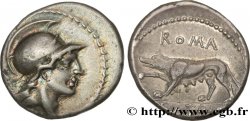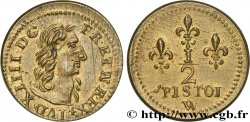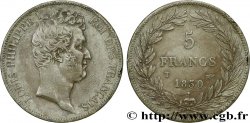Live auction - fmd_500684 - 5 francs Napoléon Empereur, Empire français, contremarqué d’une tête de tigre 1811 Paris F.307/27 var.
You must signin and be an approved bidder to bid, LOGIN TO BID. Accounts are subject to approval and the approval process takes place within 48 hours. Do not wait until the day a sale closes to register. Clicking on "BID" constitutes acceptance of the terms of use of cgb.fr private live auctions.
Bids must be placed in whole Euro amounts only. The sale will start closing at the time stated on the item description; any bids received at the site after the closing time will not be executed. Transmission times may vary and bids could be rejected if you wait until the last second. For further information check the Live auction FAQ
All winning bids are subject to a 18% buyer’s fee.
All winning bids are subject to a 18% buyer’s fee.
| Estimate : | 1 000 € |
| Price : | 870 € |
| Maximum bid : | 1 000 € |
| End of the sale : | 04 December 2018 16:47:15 |
| bidders : | 2 bidders |
Type : 5 francs Napoléon Empereur, Empire français, contremarqué d’une tête de tigre
Date: 1811
Mint name / Town : Paris
Quantity minted : ---
Metal : silver
Millesimal fineness : 900 ‰
Diameter : 37,09 mm
Orientation dies : 6 h.
Weight : 24,58 g.
Edge : en creux : * DIEU PROTEGE LA FRANCE
Rarity : R2
Coments on the condition:
Exemplaire nettoyé présentant une double rayure en forme de “V” devant le nez de l’Empereur
Catalogue references :
Obverse
Obverse legend : NAPOLEON EMPEREUR (PETIT LOSANGE).
Obverse description : Tête laurée de Napoléon Ier à droite, un ruban descendant derrière la nuque, l'autre revenant sur le cou ; au-dessous Tr. en cursif.
Reverse
Reverse legend : EMPIRE FRANÇAIS (PETIT LOSANGE) / (DIFFÉRENT) (MILLÉSIME) (PETIT LOSANGE) (LETTRE D'ATELIER).
Reverse description : 5 / FRANCS (petit losange), en deux lignes, dans une couronne composée de deux branches de laurier, nouées à leur base par un ruban.
Commentary
Contremarque “tête de tigre” au-dessus de l’oreille et poinçon sur l’œil.
Dewamin, Tome I, p. 48-49 et fig. 145, émettait les plus grandes réserves sur l’origine de cette contremarque et indiquait : “Aucun document n’est venu jusqu’ici nous fournir la lumière exacte sur cette contrefrappe ; la supposition à peu près générale de tout le monde des numismates est qu’elle serait l’expression de la haine et de la vengeance des Vendéens à l’égard de Napoléon Ier pendant les Cent Jours. On sait qu’un mouvement a eu lieu en Vendée à cette époque et qu’il fut réprimé par le général Lamarque. Cela peut parfaitement être vrai ; mais, je le répète, aucune pièce à l’appui de cette supposition n’est venue jusqu’alors justifier son caractère d’authenticité”.
Contrairement à ce que Dewamin écrit et à ce qui est souvent soutenu dans des catalogues numismatiques, cette contremarque, généralement appelée à tort une tête de chouette, ne présente aucun lien avec les Chouans ou la Vendée même si elle est effectivement bien la manifestation d’une opinion politique. François de Callatay et Jean-Baptiste Forestier ont en effet démontré, dans leur article « Les contremarques au tigre sur les monnaies napoléoniennes », extrait de la Revue numismatique, n° 160, Paris, 2004, pp. 343-358, qu’il s’agissait d’une marque d’exécration datant de 1815 et qui dénonce Napoléon le tigre (désormais encagé). Bien qu’il soit extrêmement difficile d’en estimer la quantité produite, la contremarque au tigre compte au moins quatre poinçons différents et F. de Callatay et J.-B. Forestier en ont recensé quarante-sept exemplaires ce qui laisse croire que la production a certainement été importante. Les difficultés pour se procurer le matériel nécessaire à la contremarque et pour remettre en circulation les monnaies détournées prouvent qu’elles ne sont pas l'œuvre d'un individu isolé mais sans doute celle d’un groupe politique plus ou moins formel
Tranche B.
Dewamin, Tome I, p. 48-49 et fig. 145, émettait les plus grandes réserves sur l’origine de cette contremarque et indiquait : “Aucun document n’est venu jusqu’ici nous fournir la lumière exacte sur cette contrefrappe ; la supposition à peu près générale de tout le monde des numismates est qu’elle serait l’expression de la haine et de la vengeance des Vendéens à l’égard de Napoléon Ier pendant les Cent Jours. On sait qu’un mouvement a eu lieu en Vendée à cette époque et qu’il fut réprimé par le général Lamarque. Cela peut parfaitement être vrai ; mais, je le répète, aucune pièce à l’appui de cette supposition n’est venue jusqu’alors justifier son caractère d’authenticité”.
Contrairement à ce que Dewamin écrit et à ce qui est souvent soutenu dans des catalogues numismatiques, cette contremarque, généralement appelée à tort une tête de chouette, ne présente aucun lien avec les Chouans ou la Vendée même si elle est effectivement bien la manifestation d’une opinion politique. François de Callatay et Jean-Baptiste Forestier ont en effet démontré, dans leur article « Les contremarques au tigre sur les monnaies napoléoniennes », extrait de la Revue numismatique, n° 160, Paris, 2004, pp. 343-358, qu’il s’agissait d’une marque d’exécration datant de 1815 et qui dénonce Napoléon le tigre (désormais encagé). Bien qu’il soit extrêmement difficile d’en estimer la quantité produite, la contremarque au tigre compte au moins quatre poinçons différents et F. de Callatay et J.-B. Forestier en ont recensé quarante-sept exemplaires ce qui laisse croire que la production a certainement été importante. Les difficultés pour se procurer le matériel nécessaire à la contremarque et pour remettre en circulation les monnaies détournées prouvent qu’elles ne sont pas l'œuvre d'un individu isolé mais sans doute celle d’un groupe politique plus ou moins formel
Tranche B.







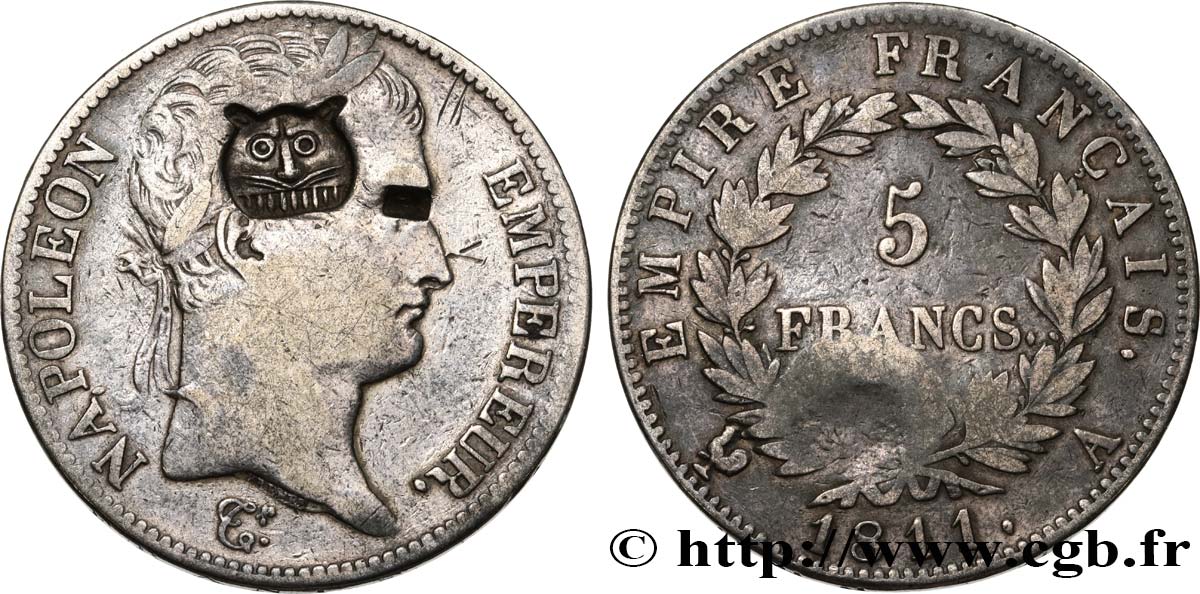
 Report a mistake
Report a mistake Print the page
Print the page Share my selection
Share my selection Ask a question
Ask a question Consign / sell
Consign / sell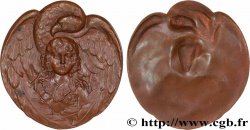
 Full data
Full data




